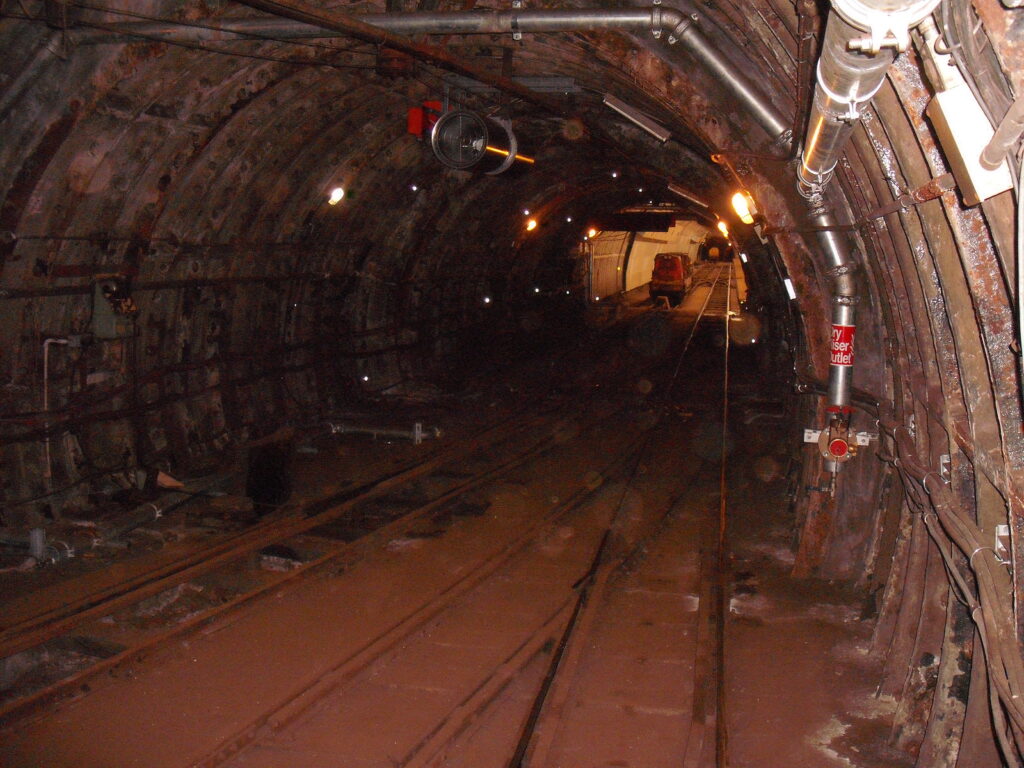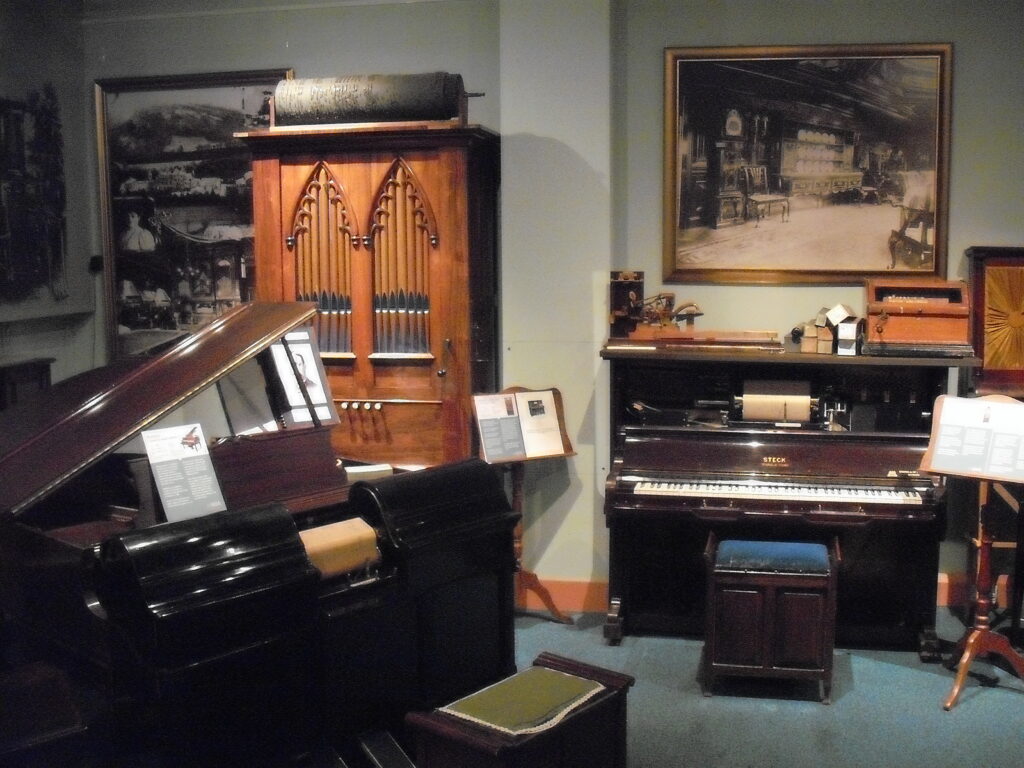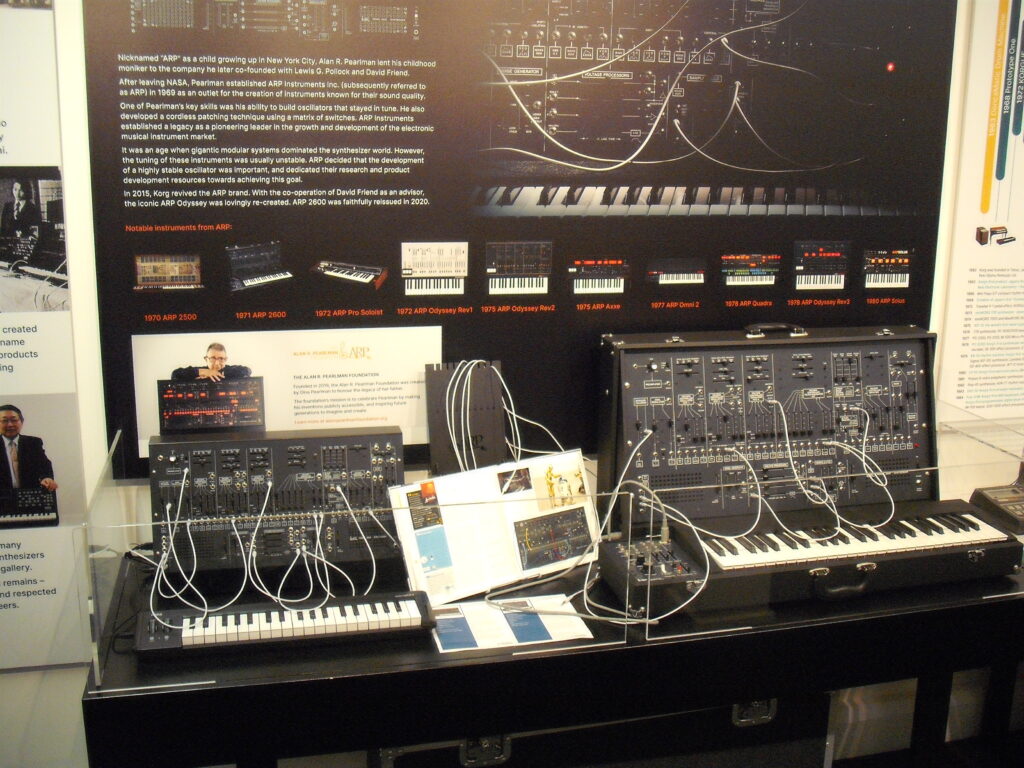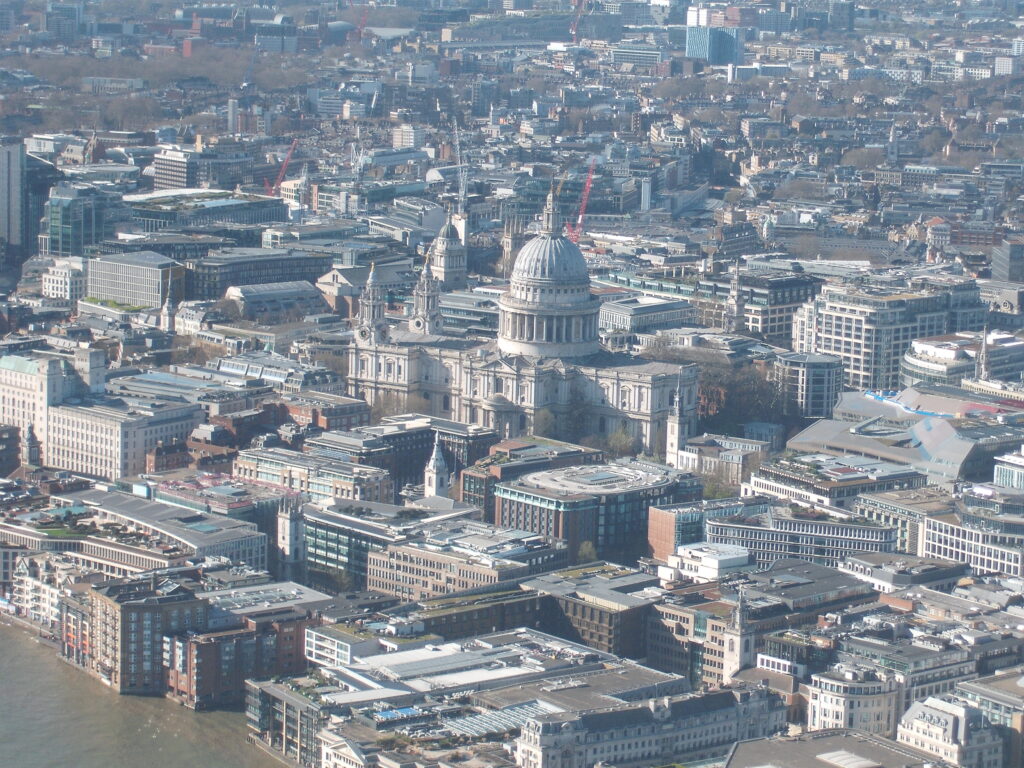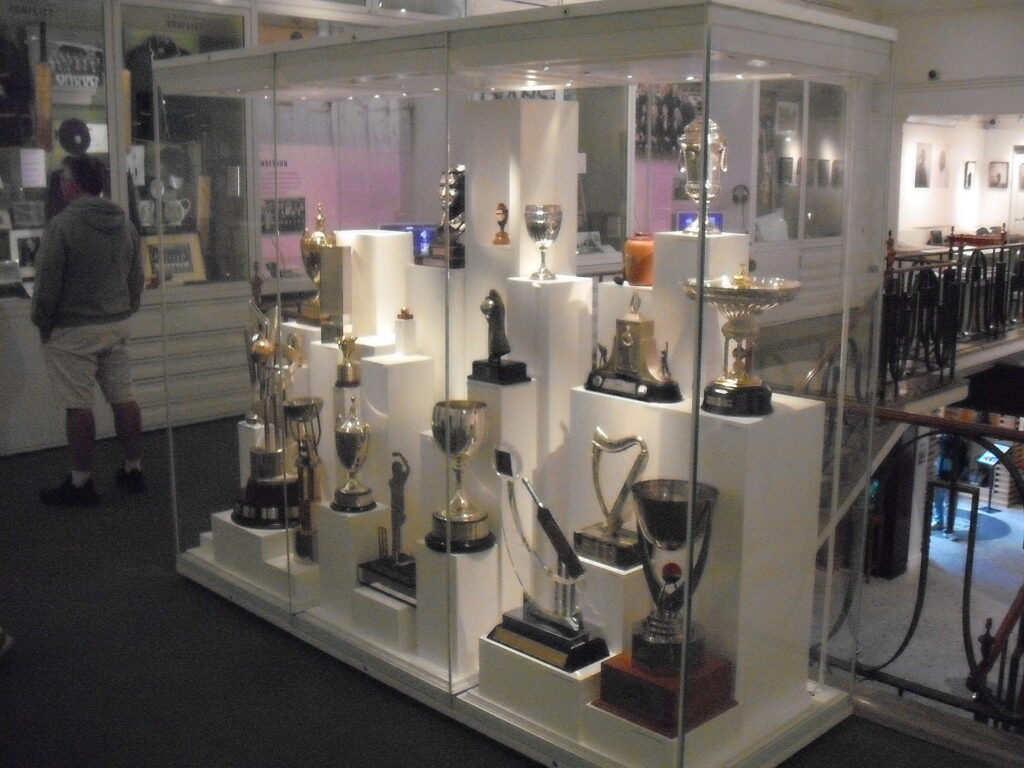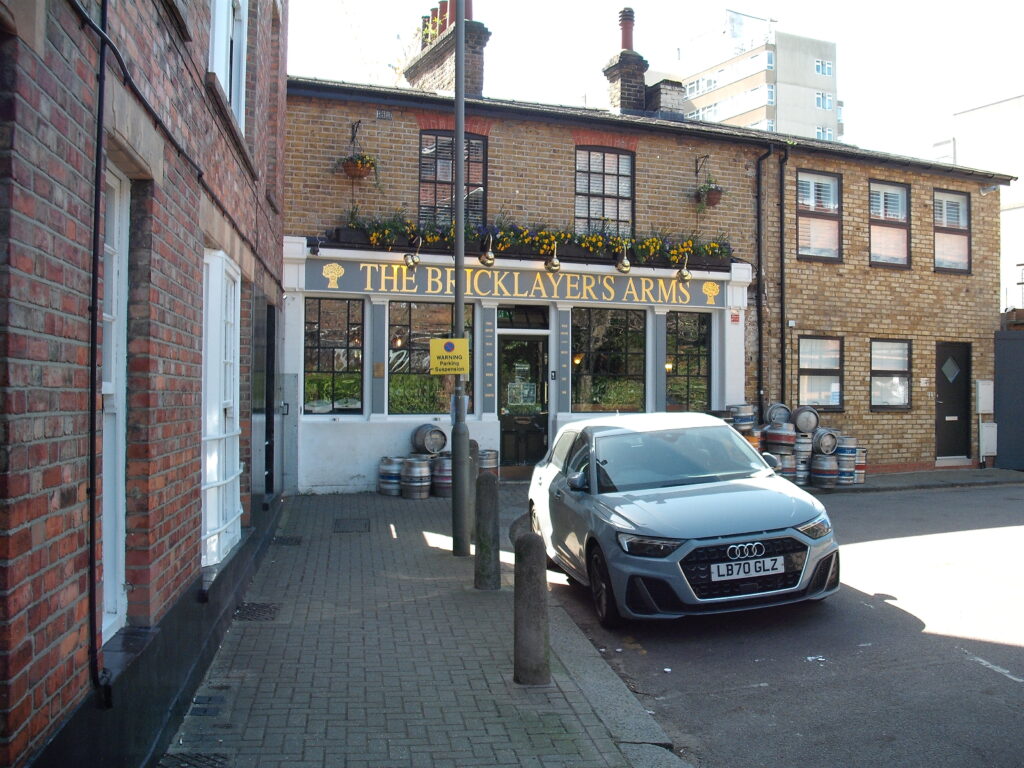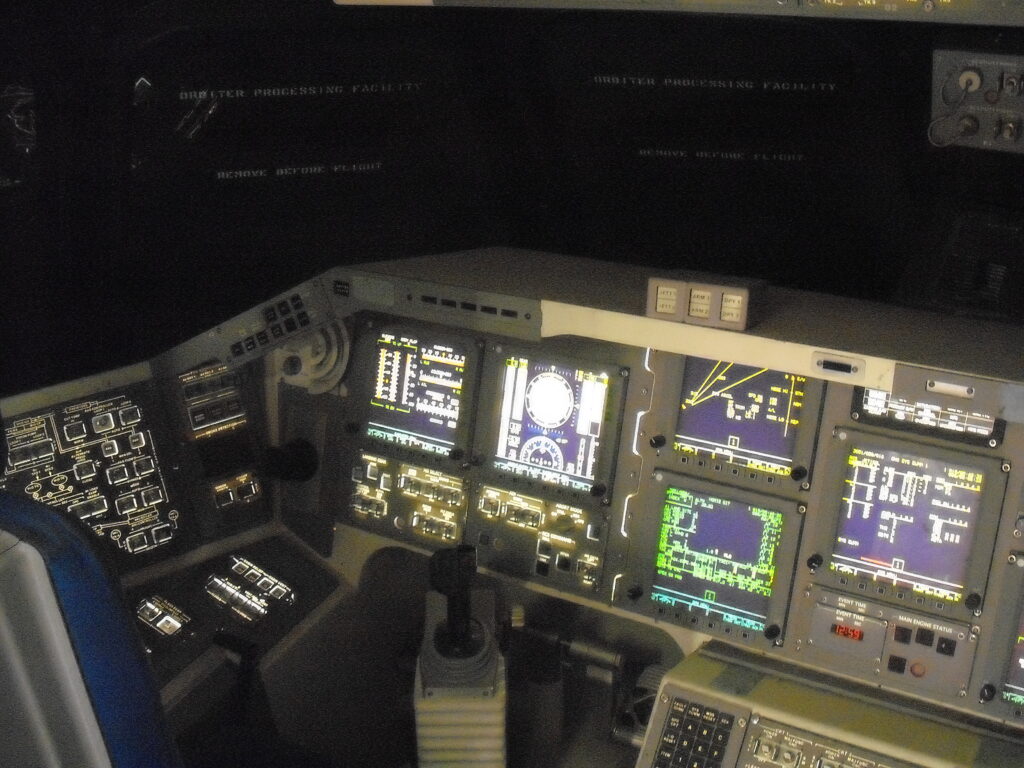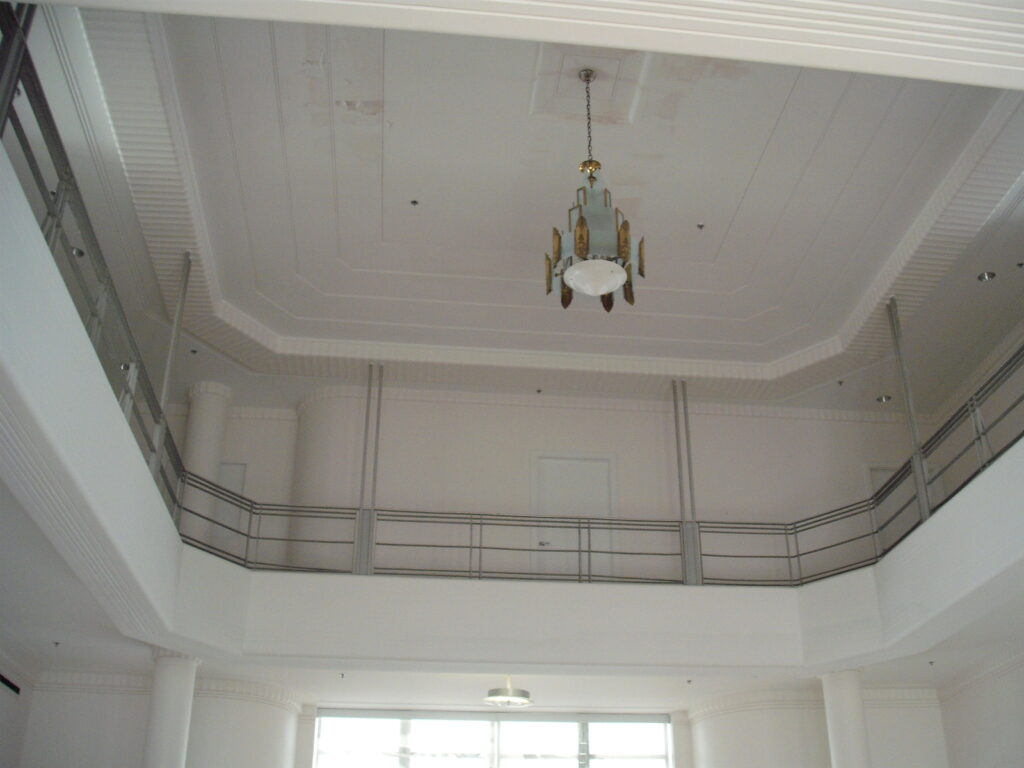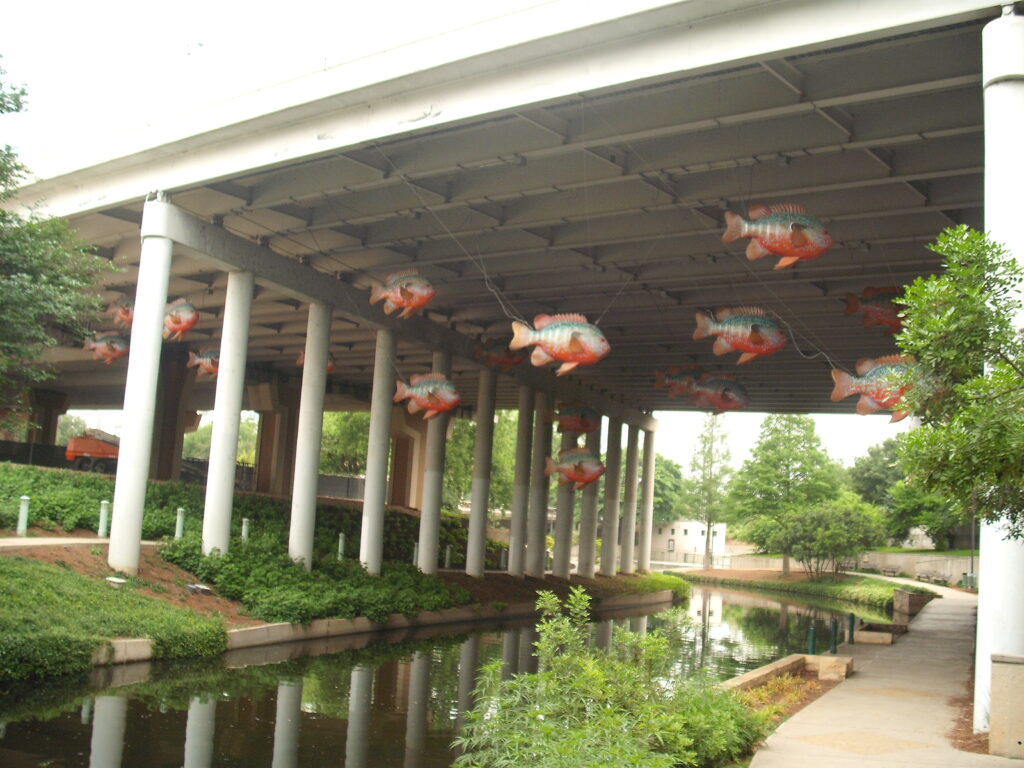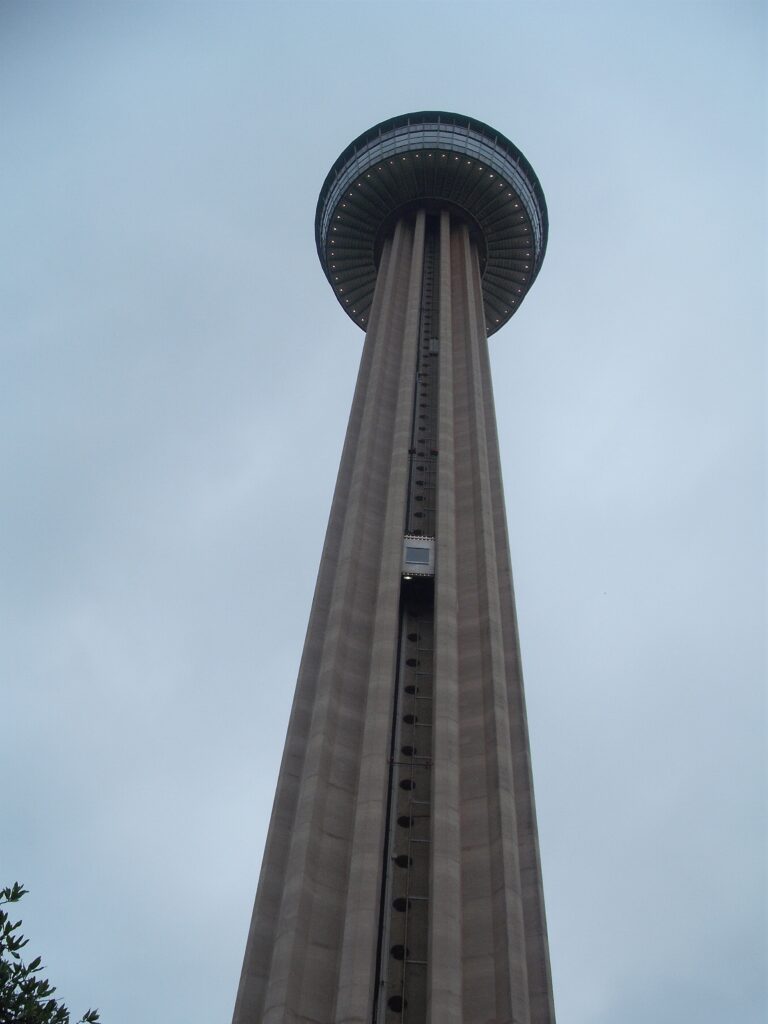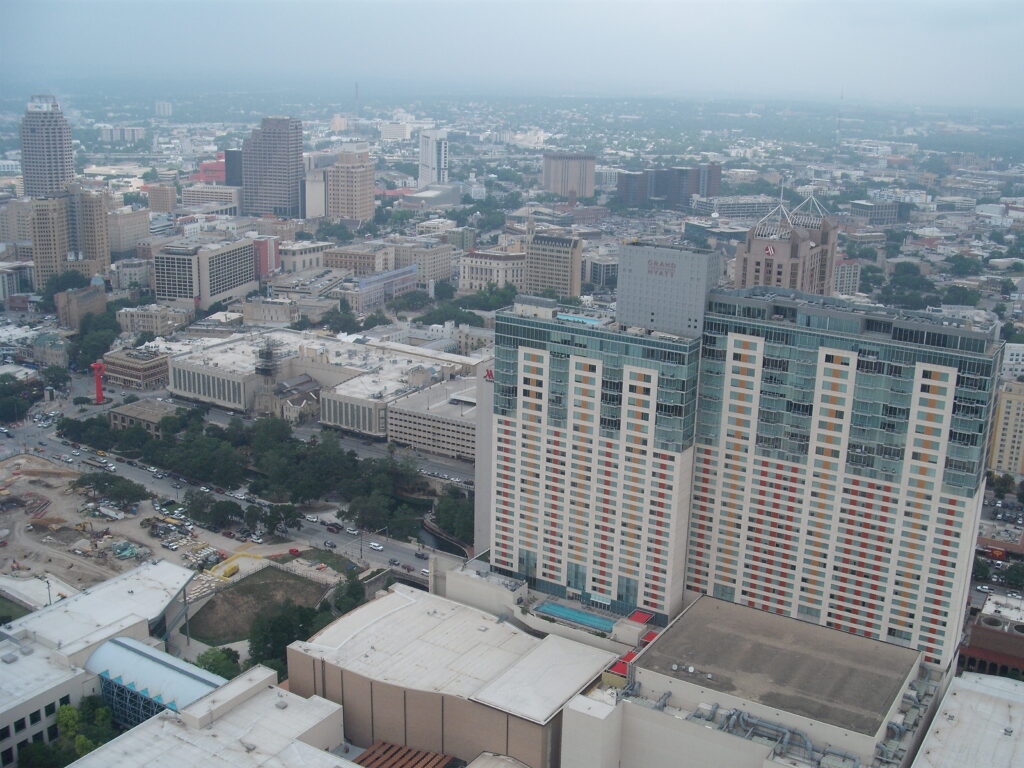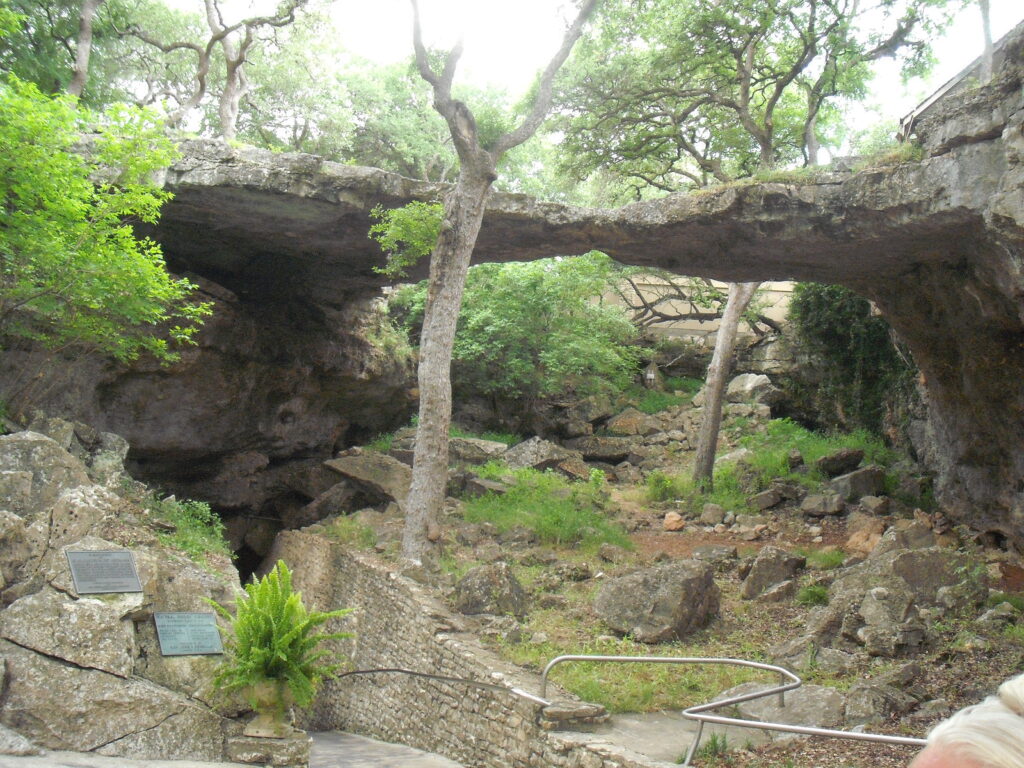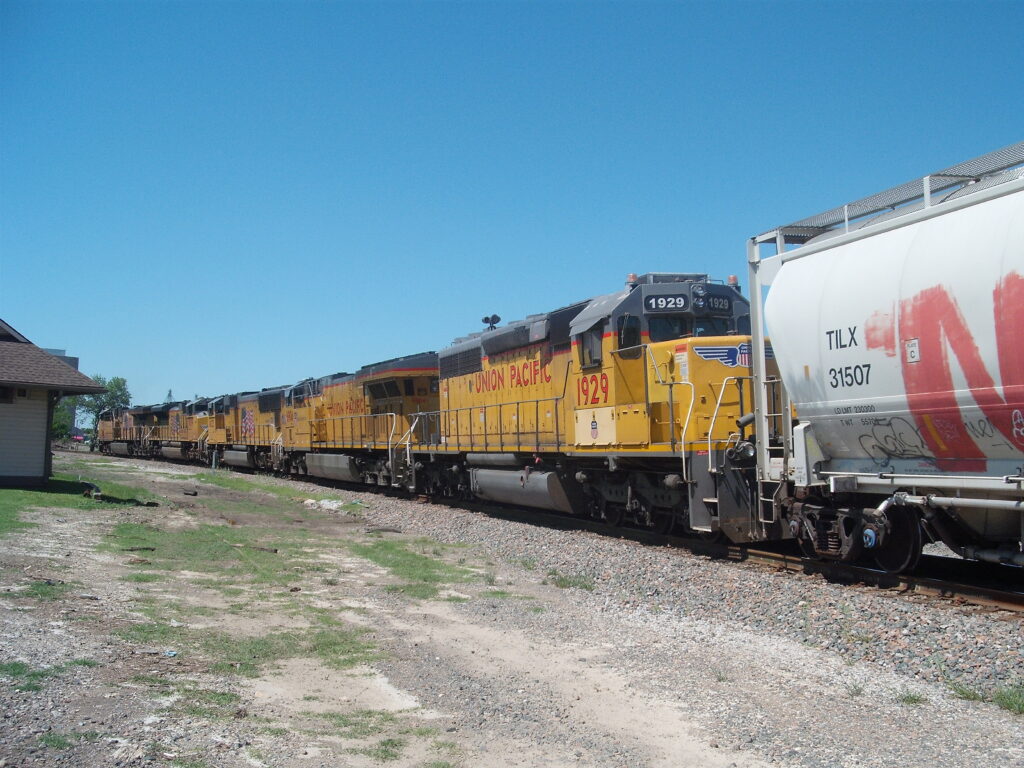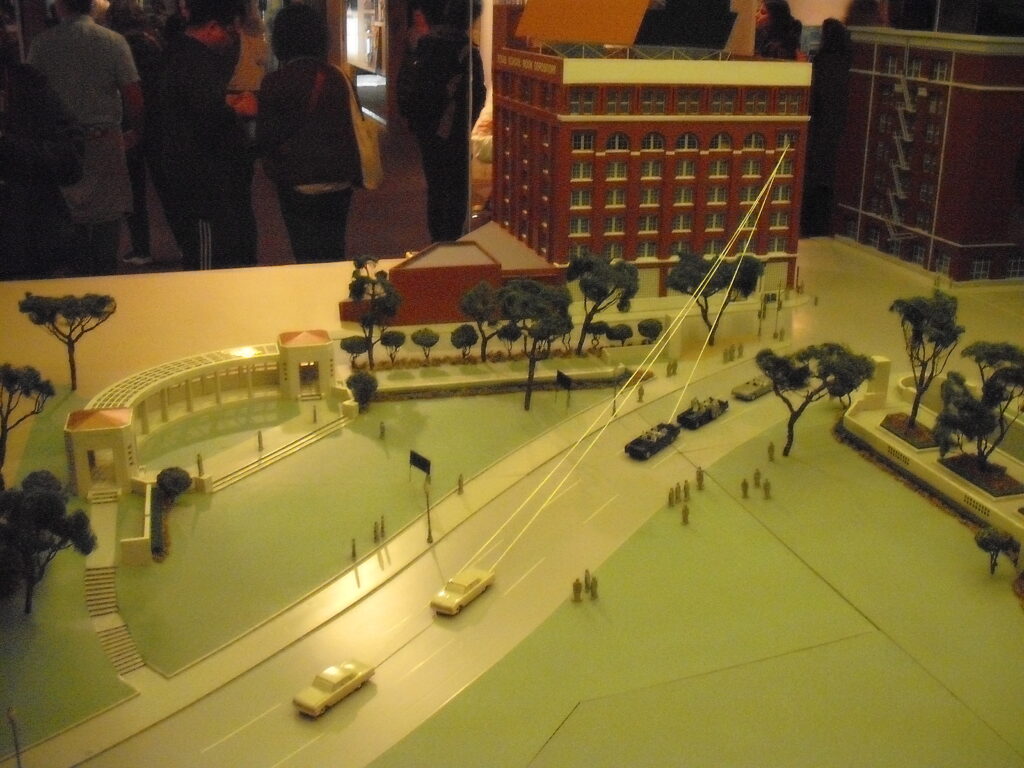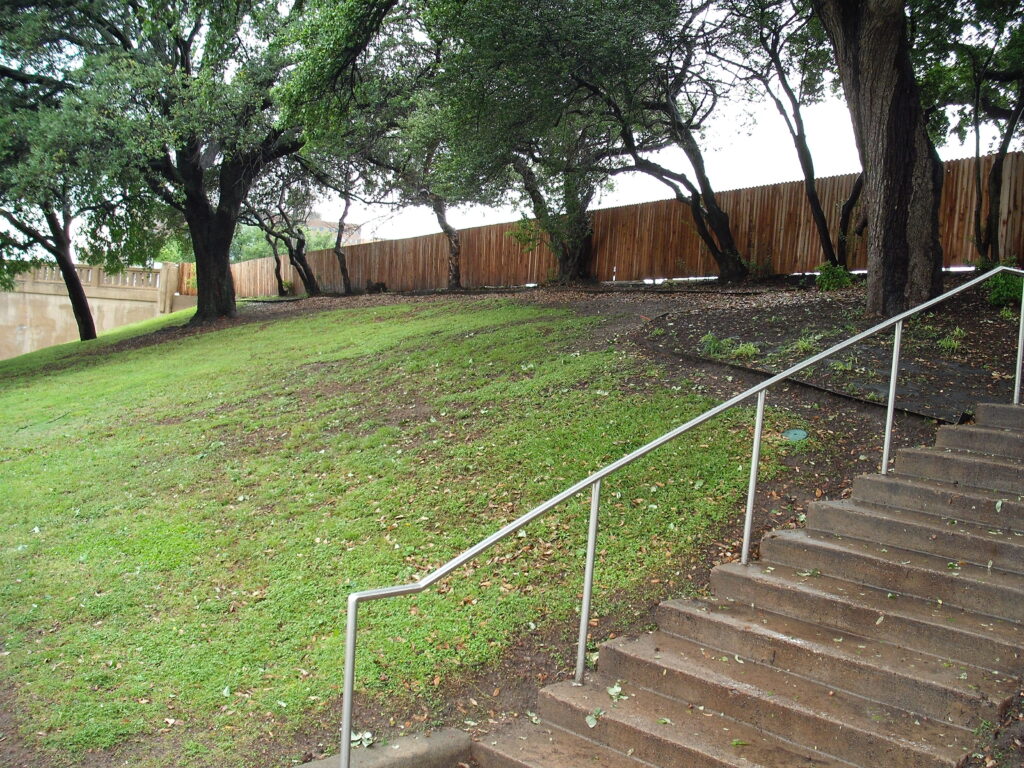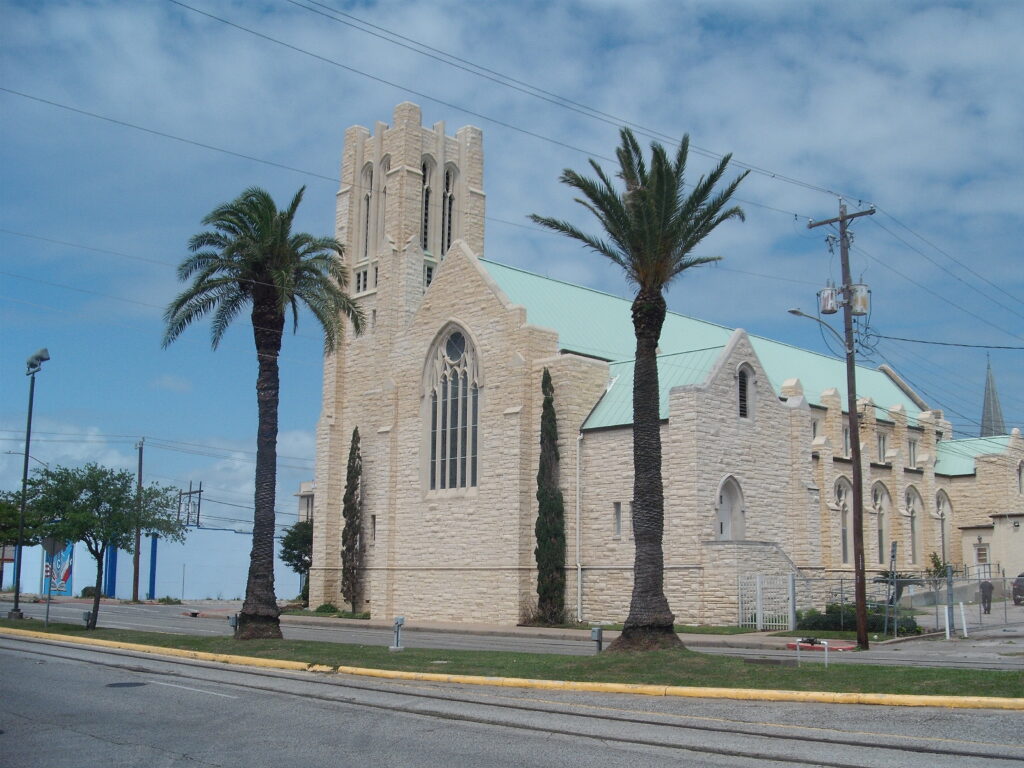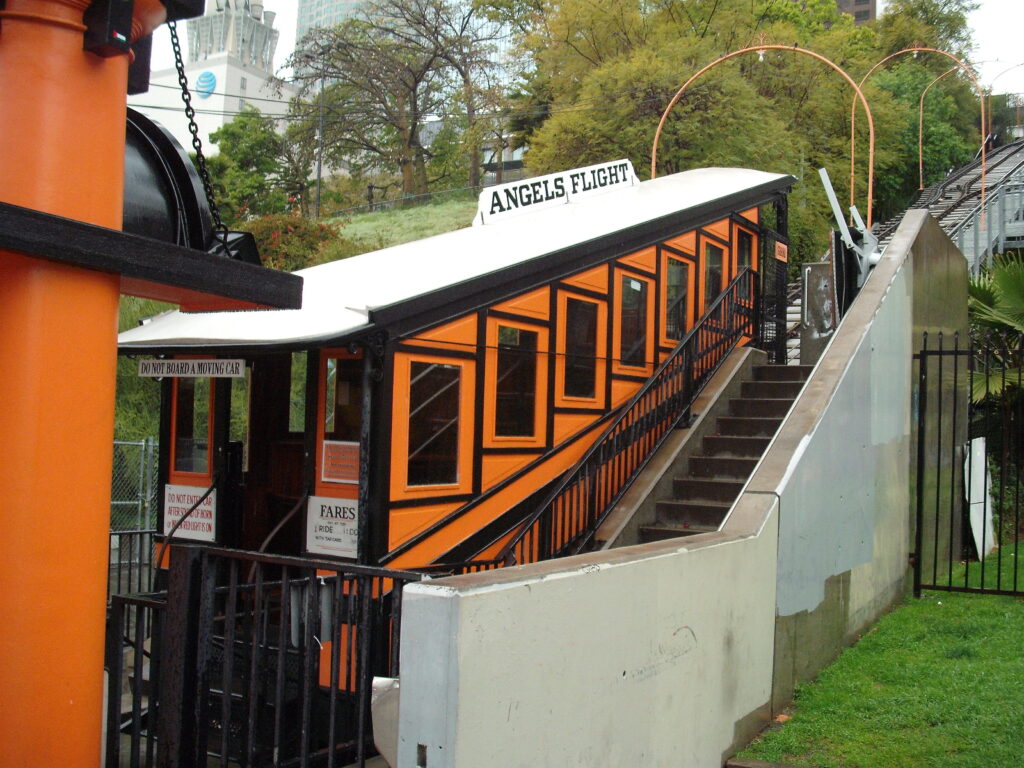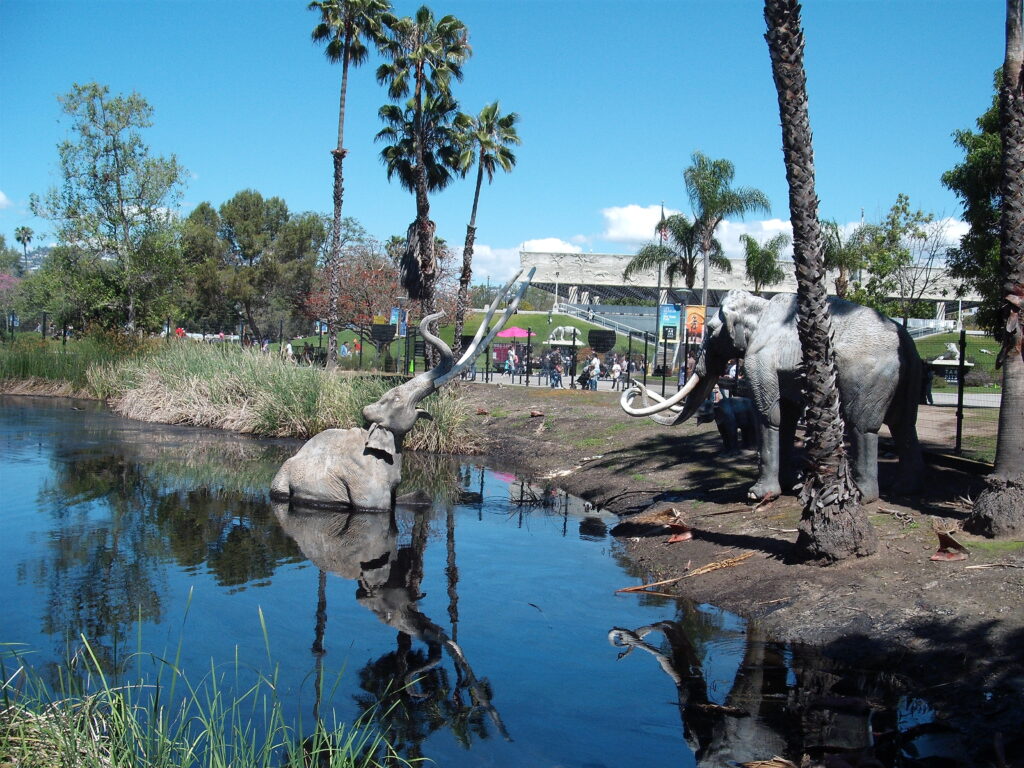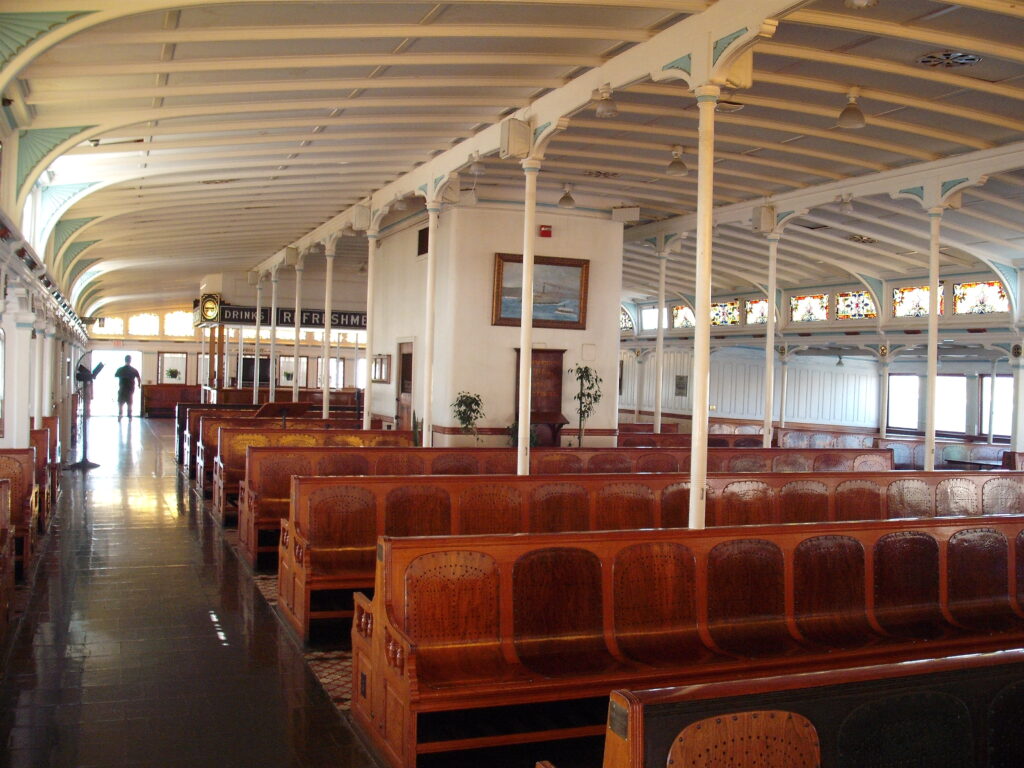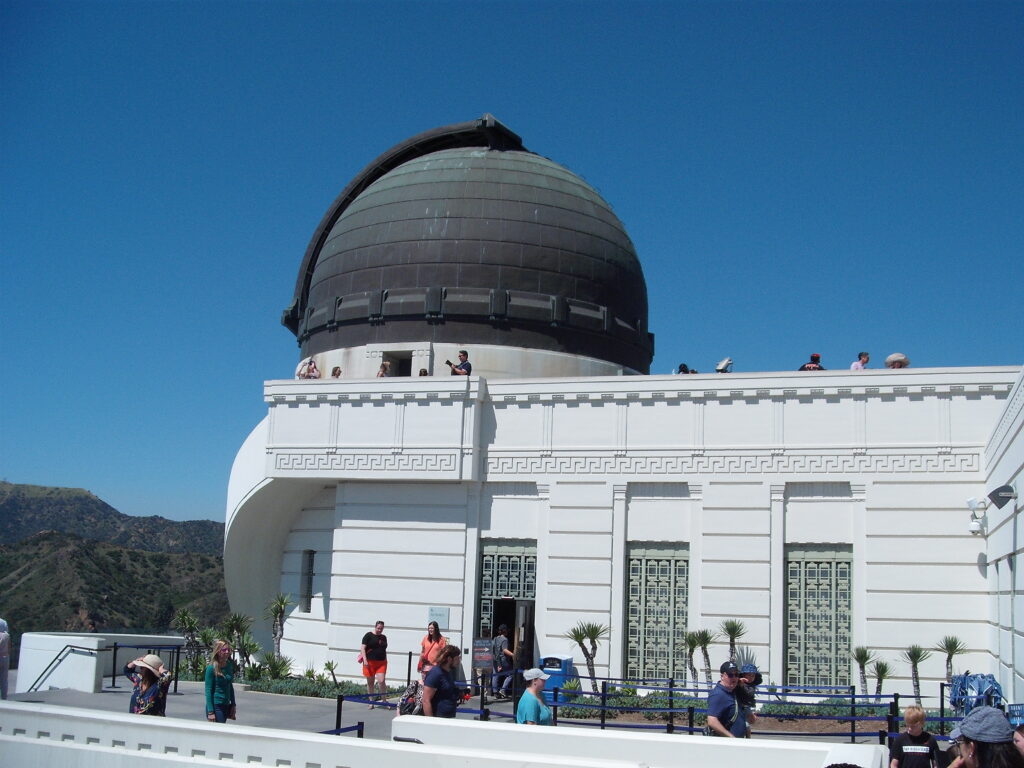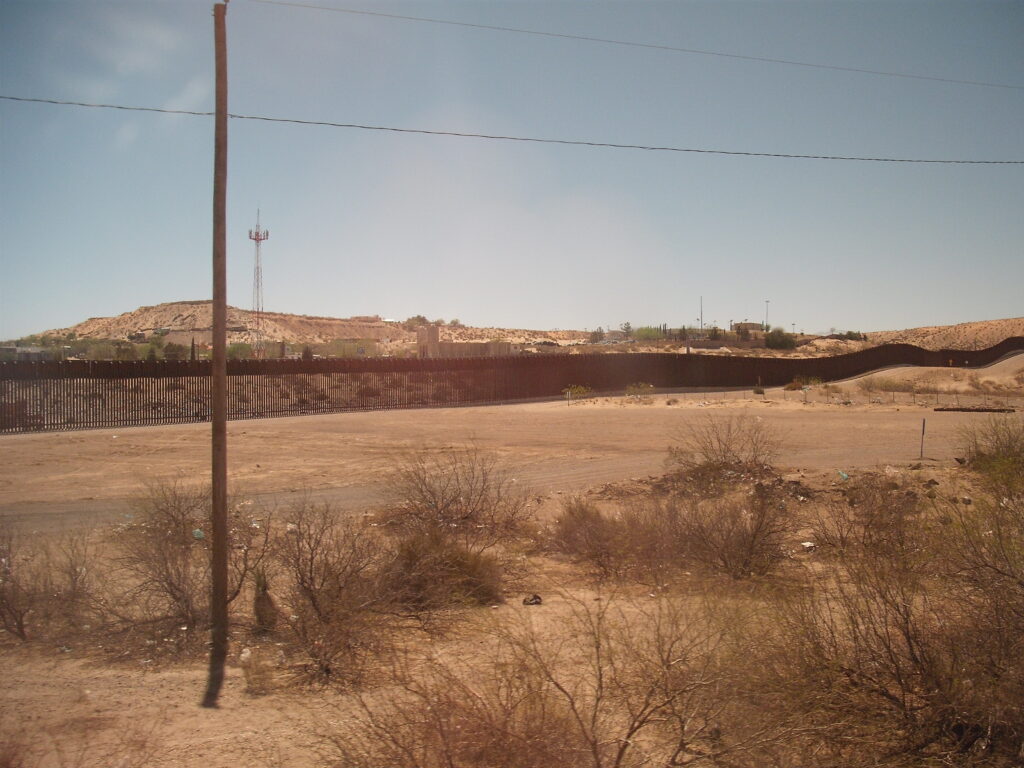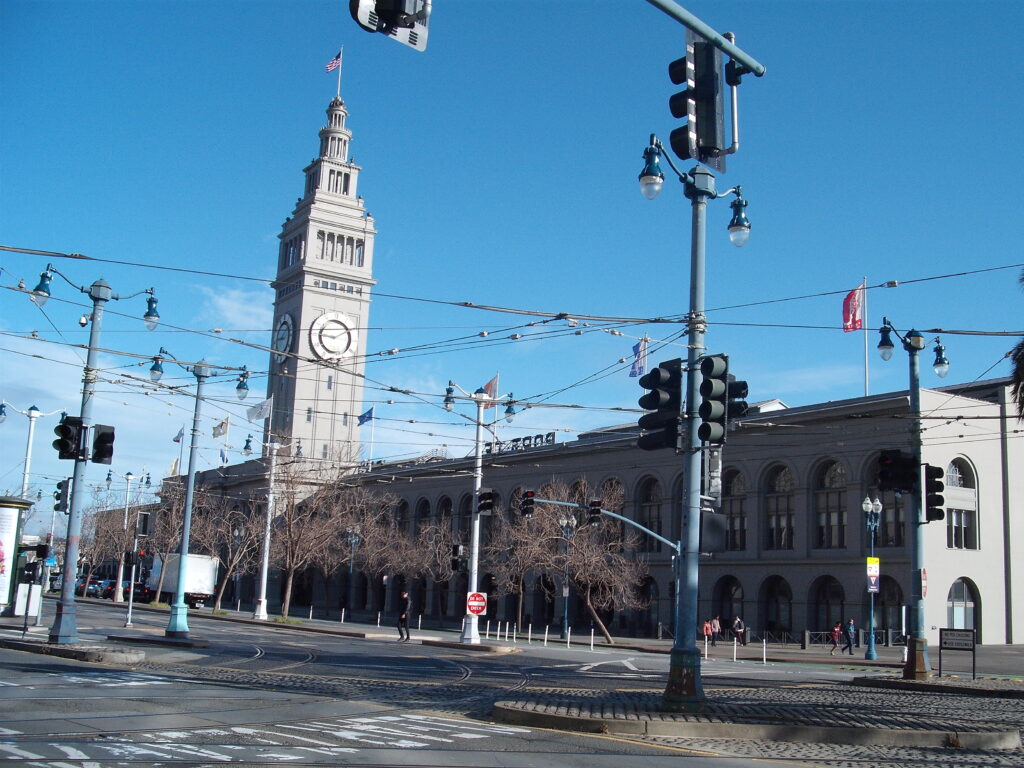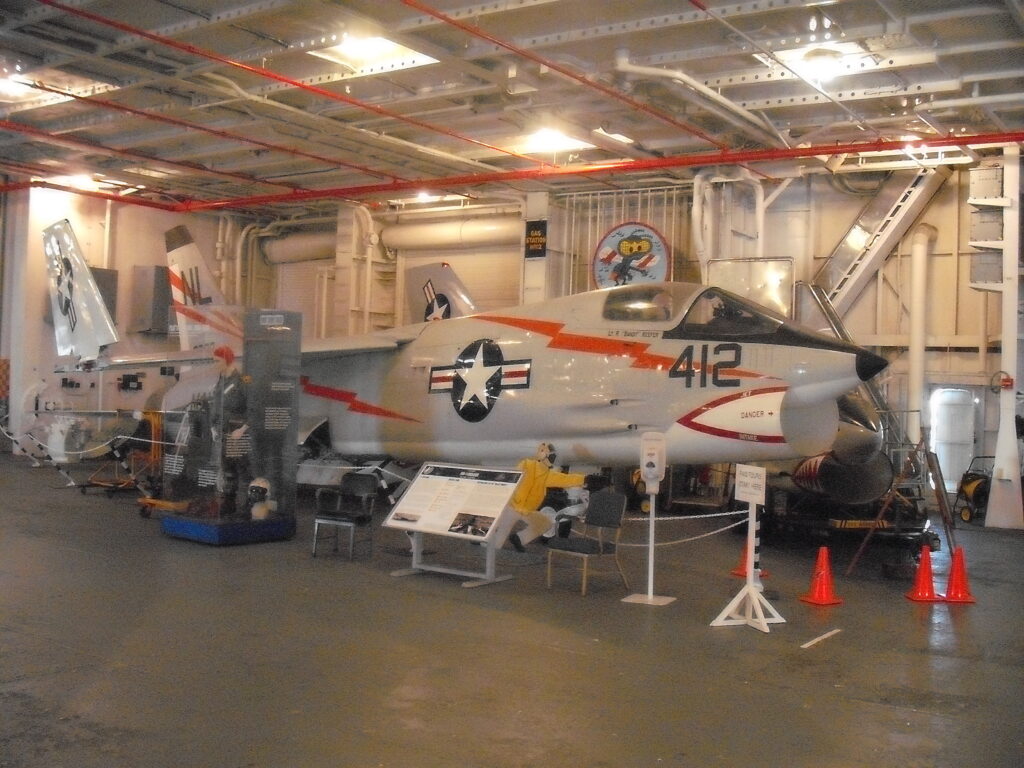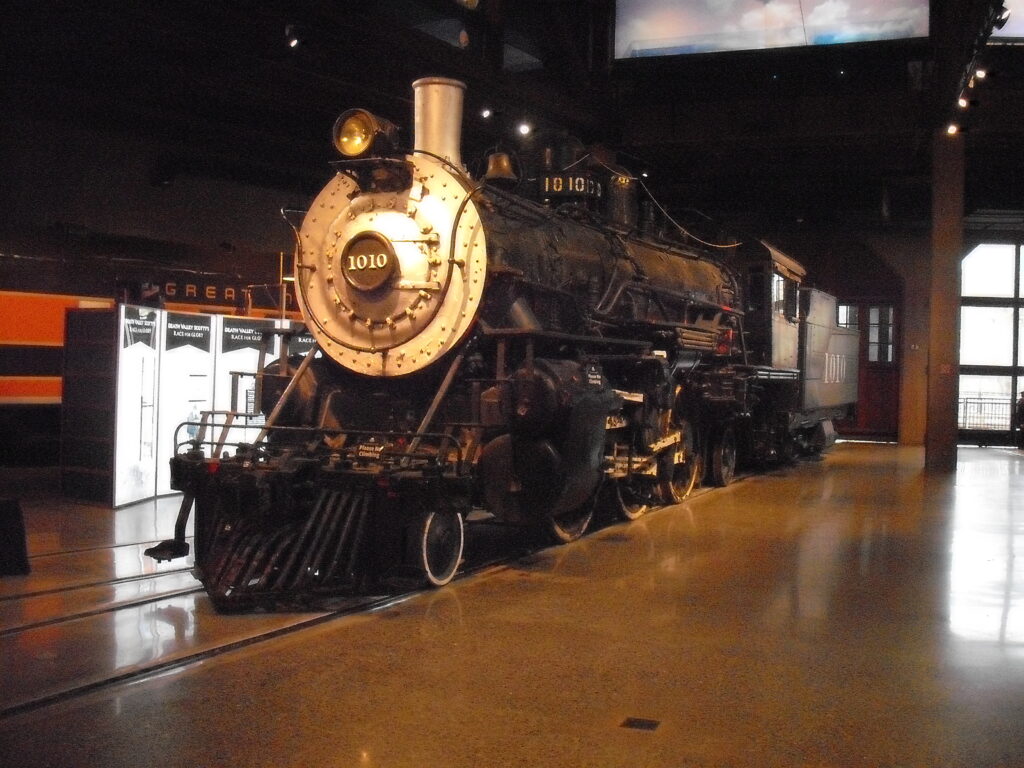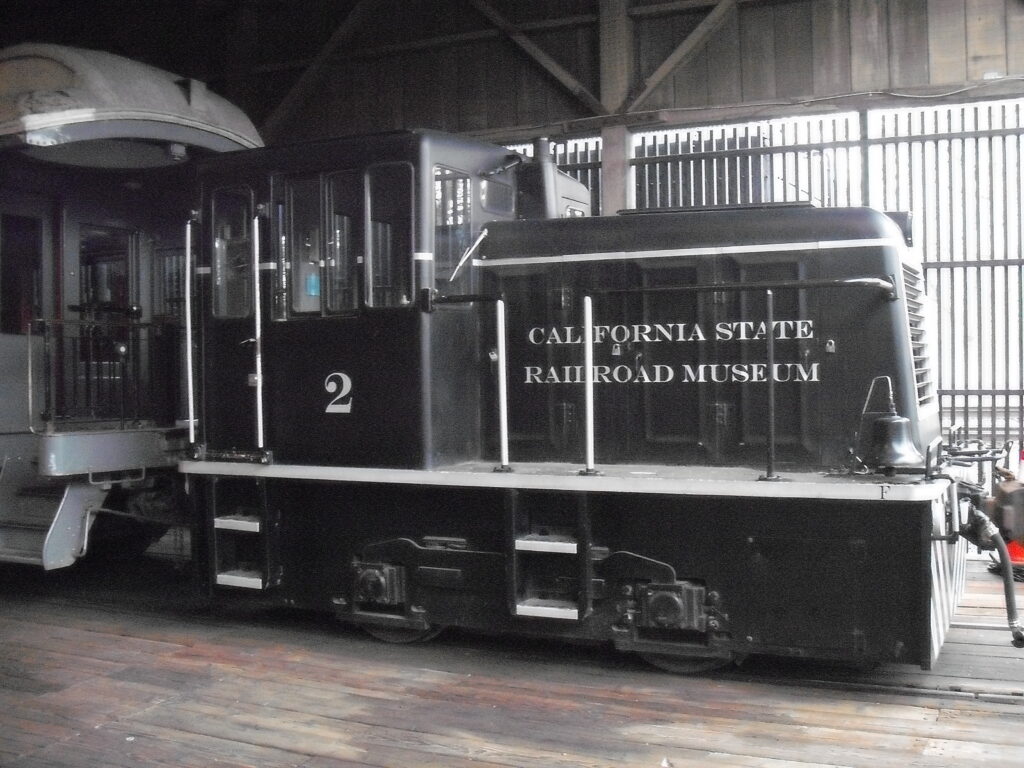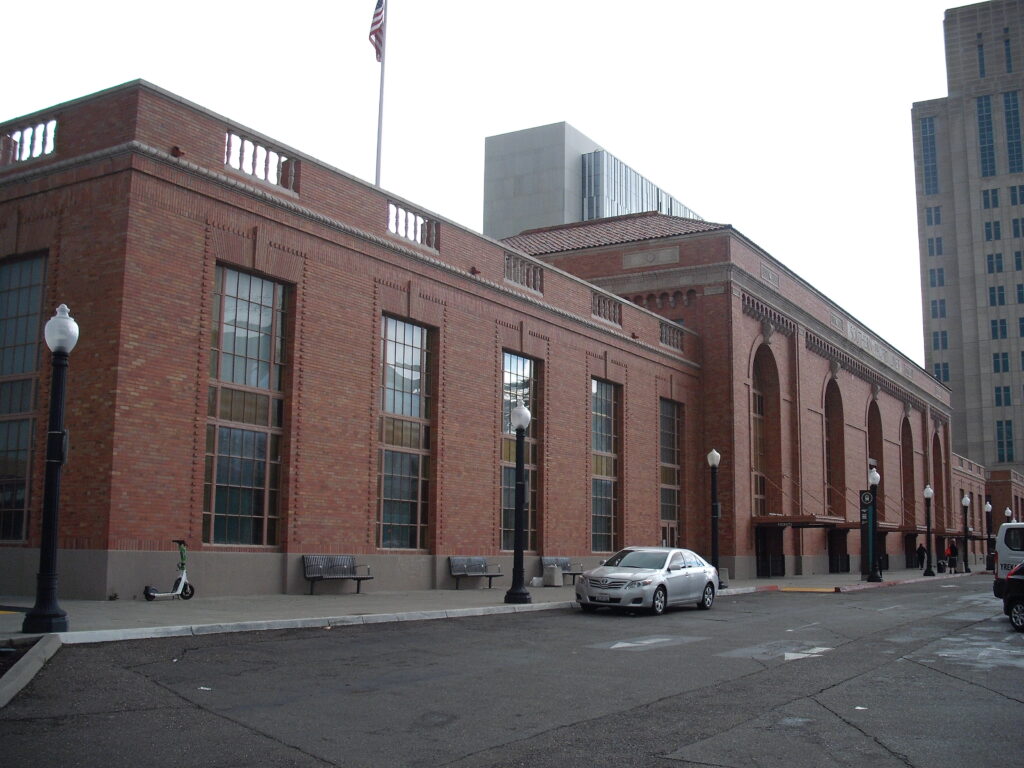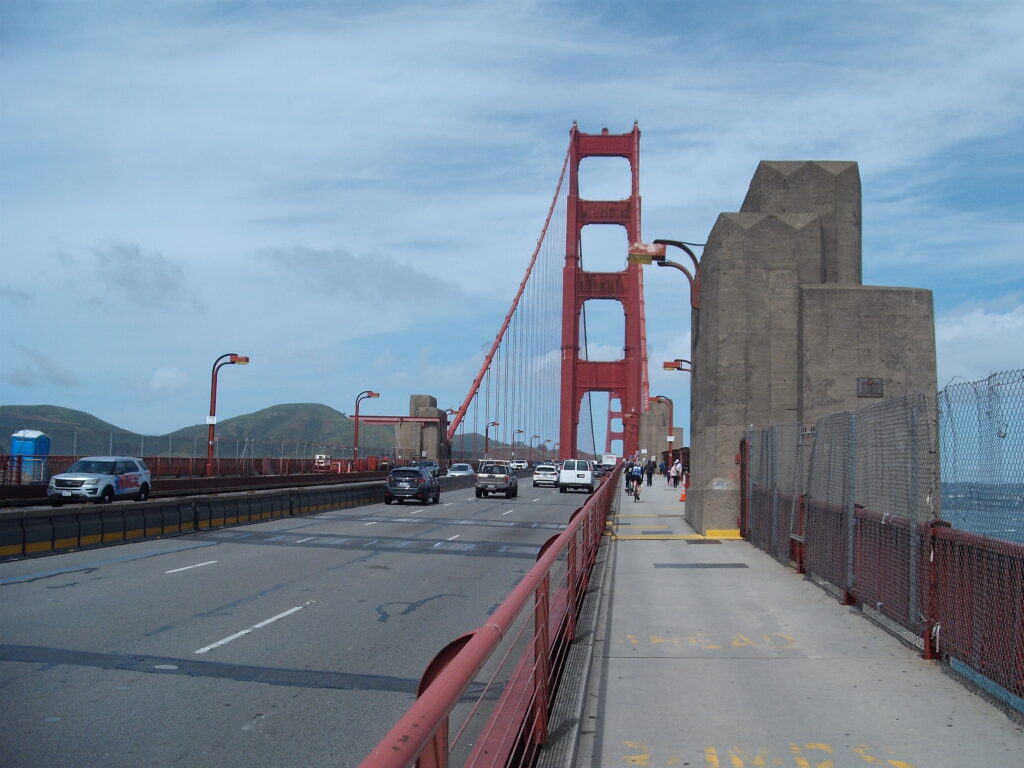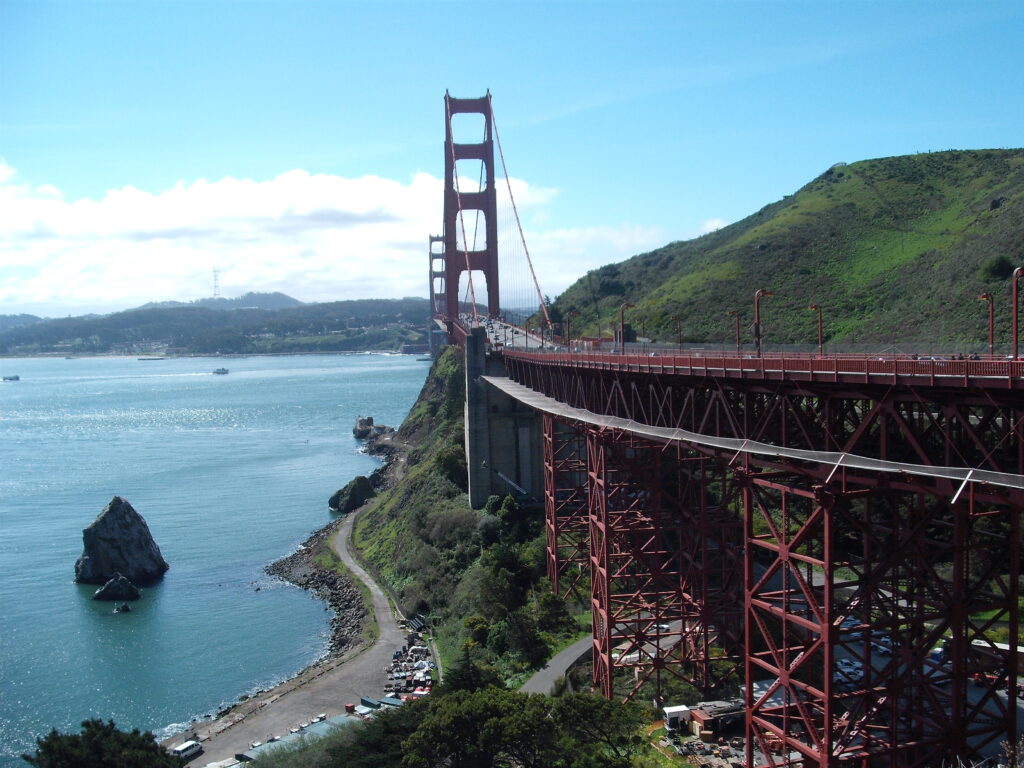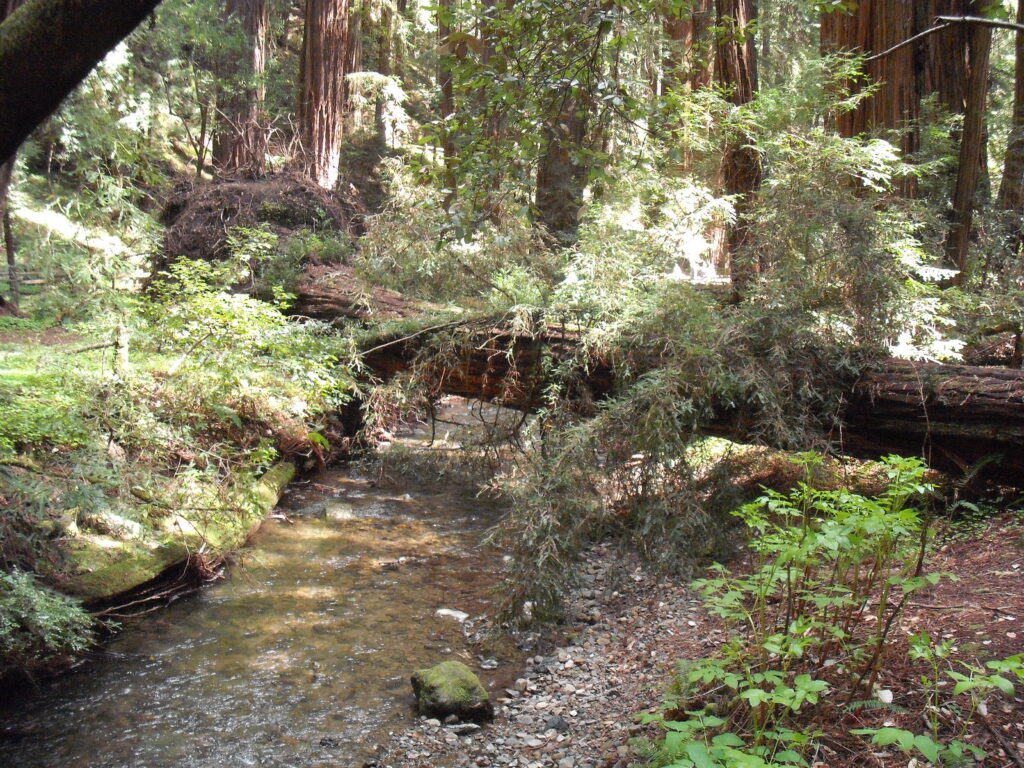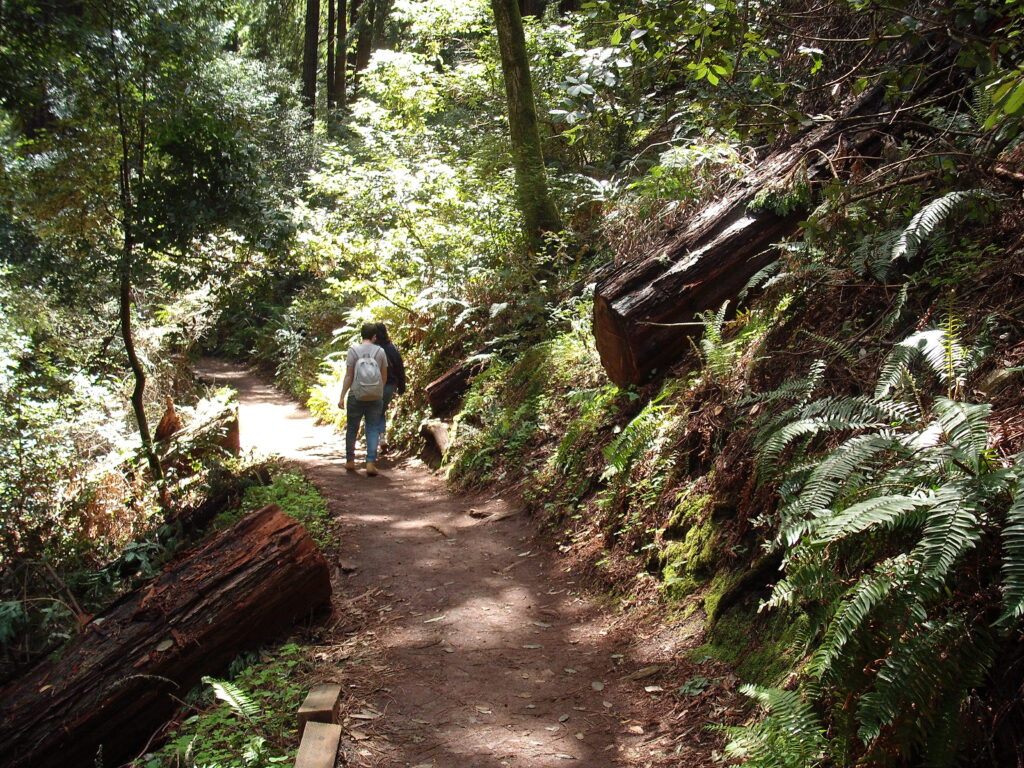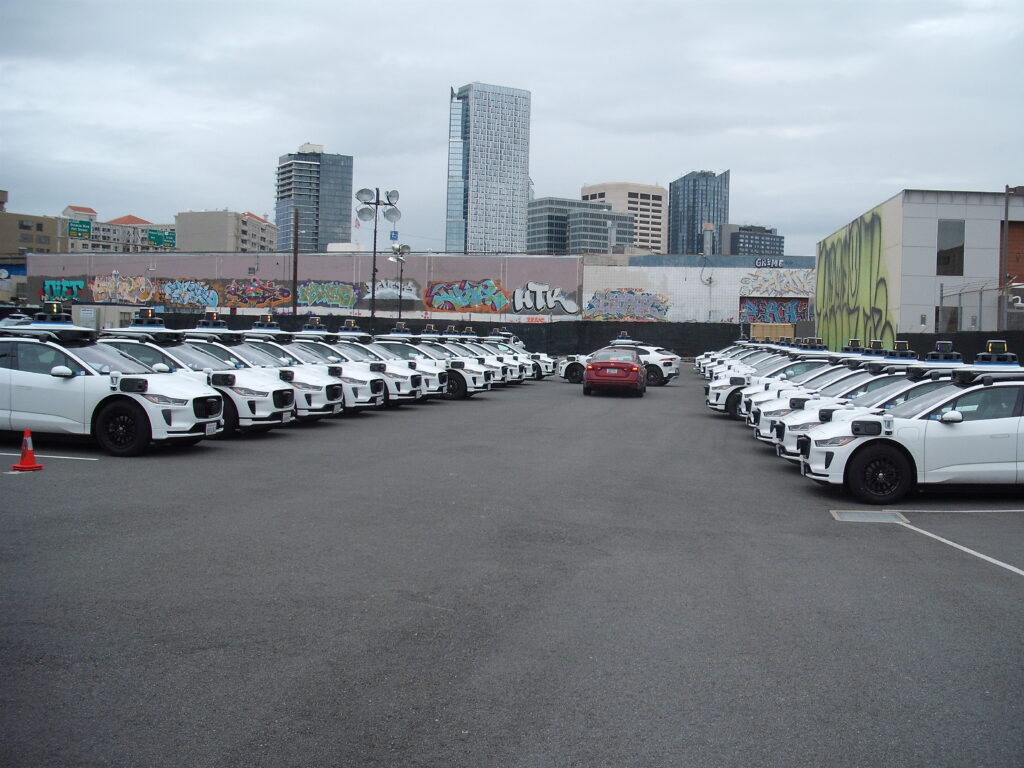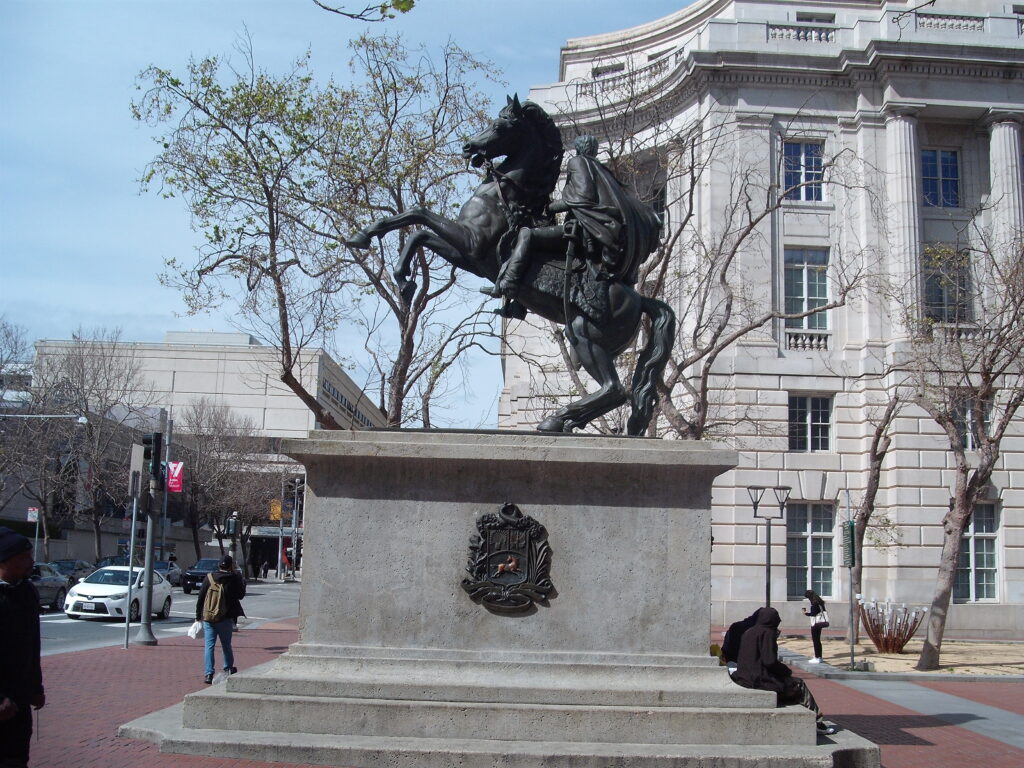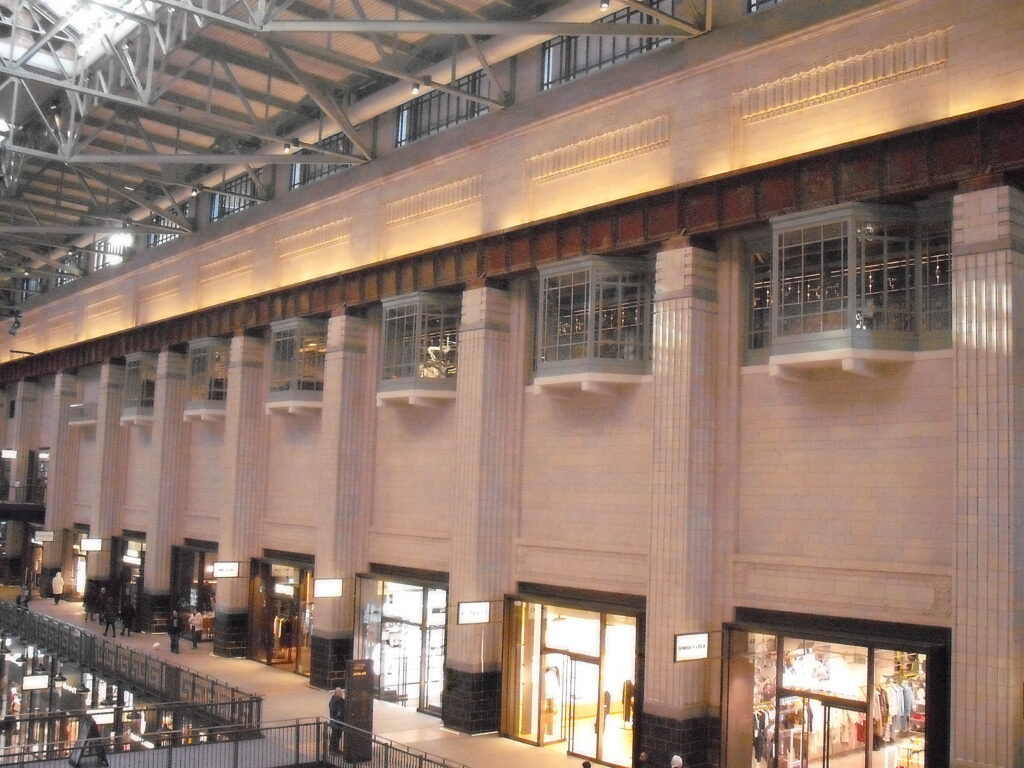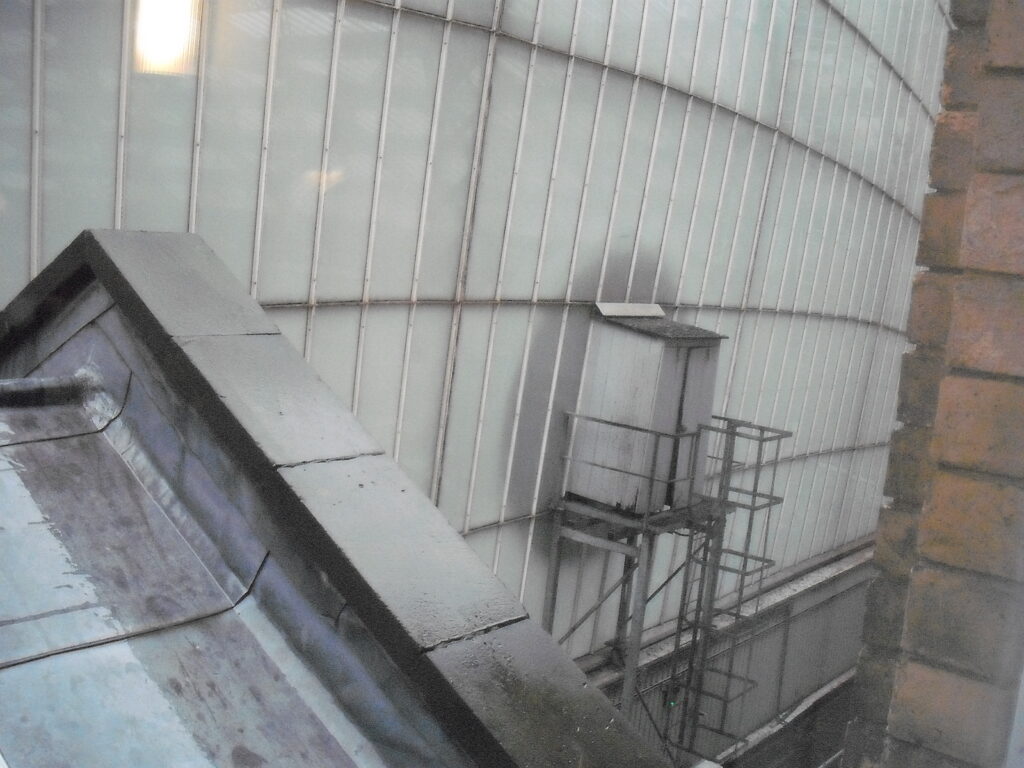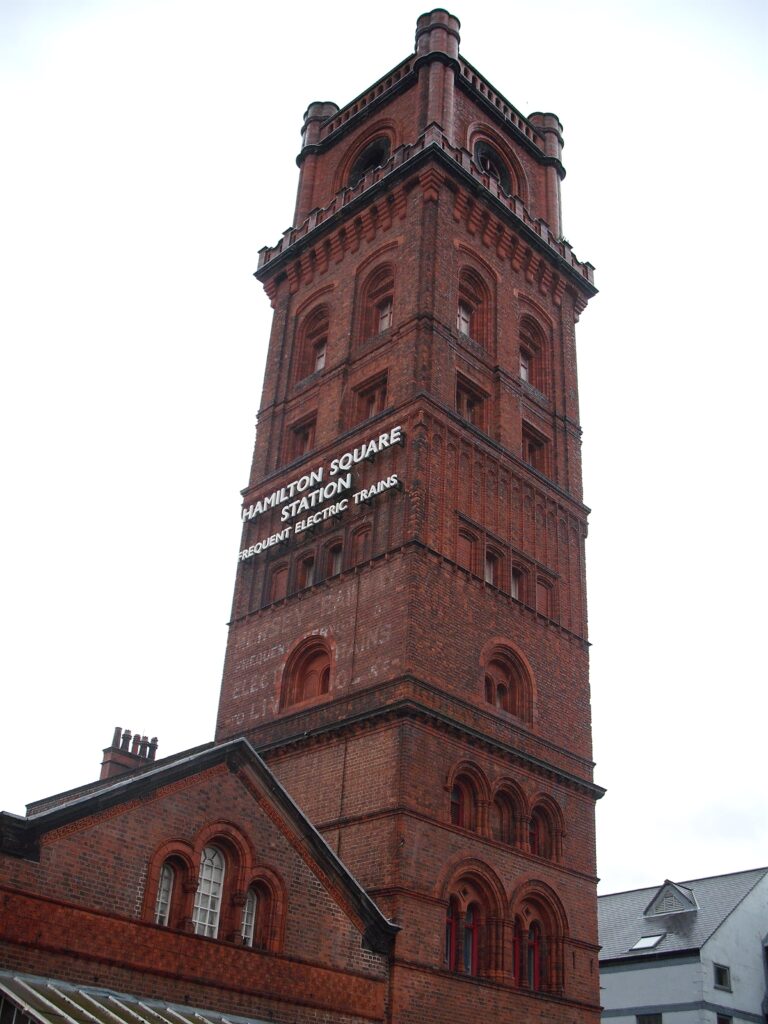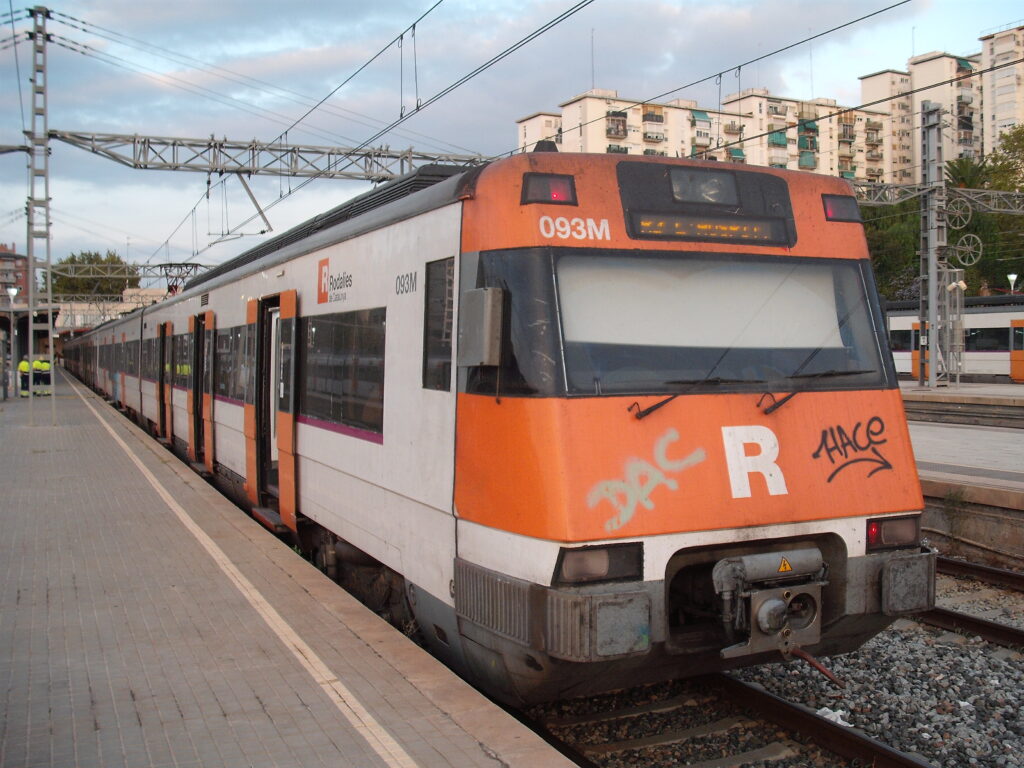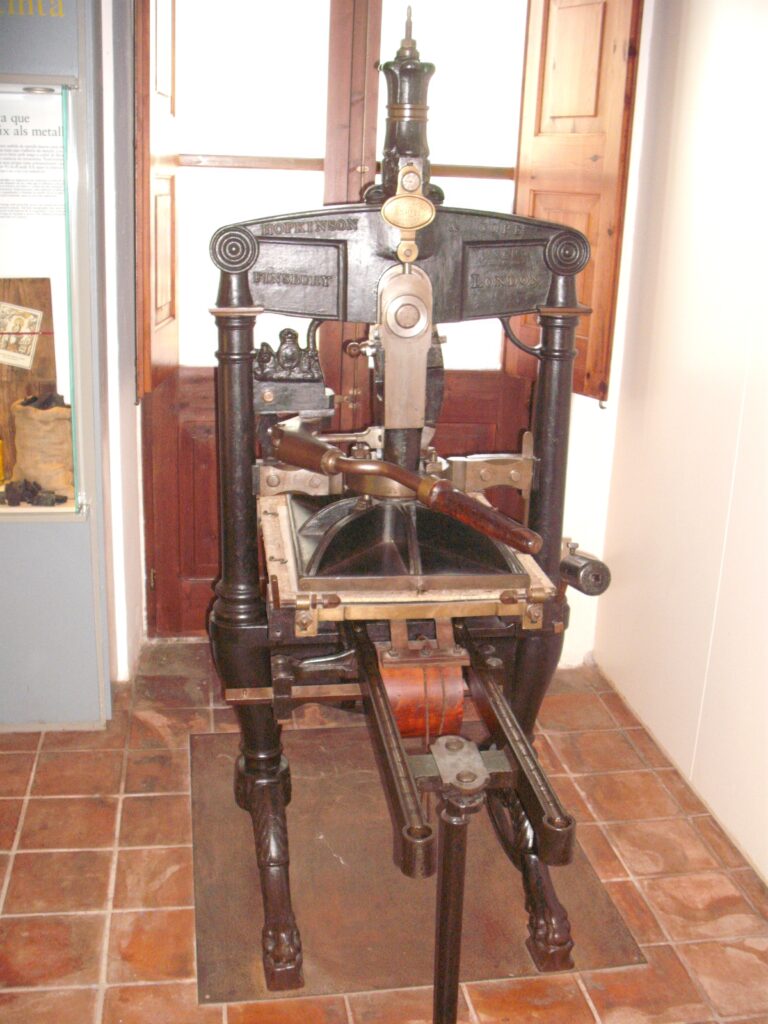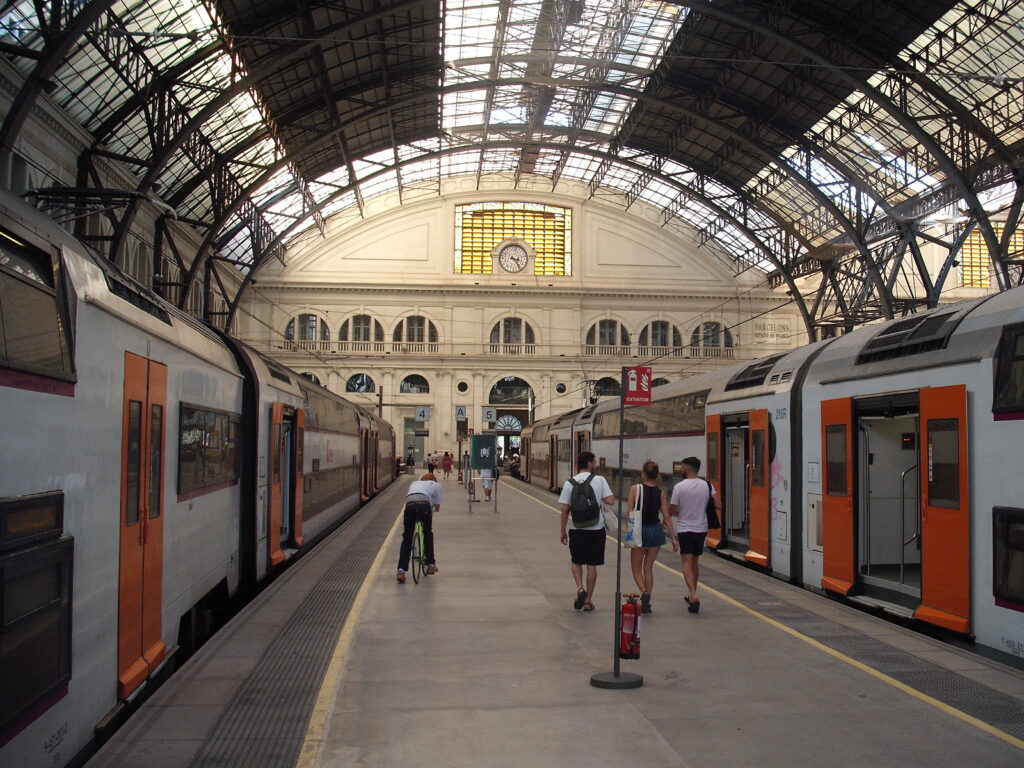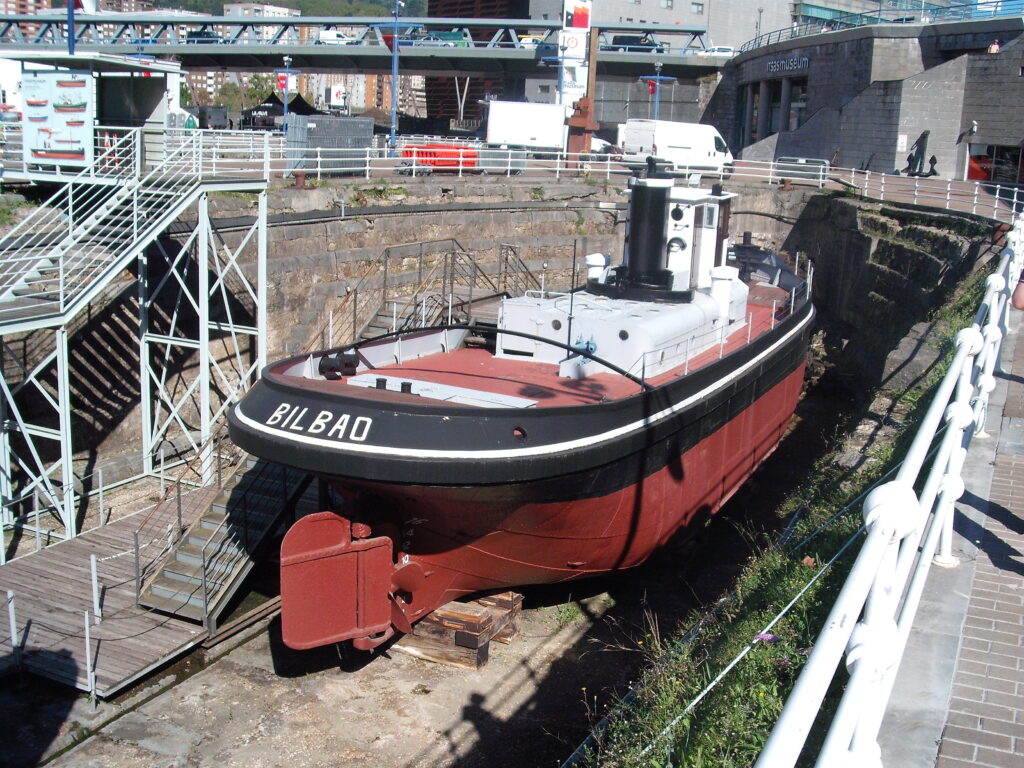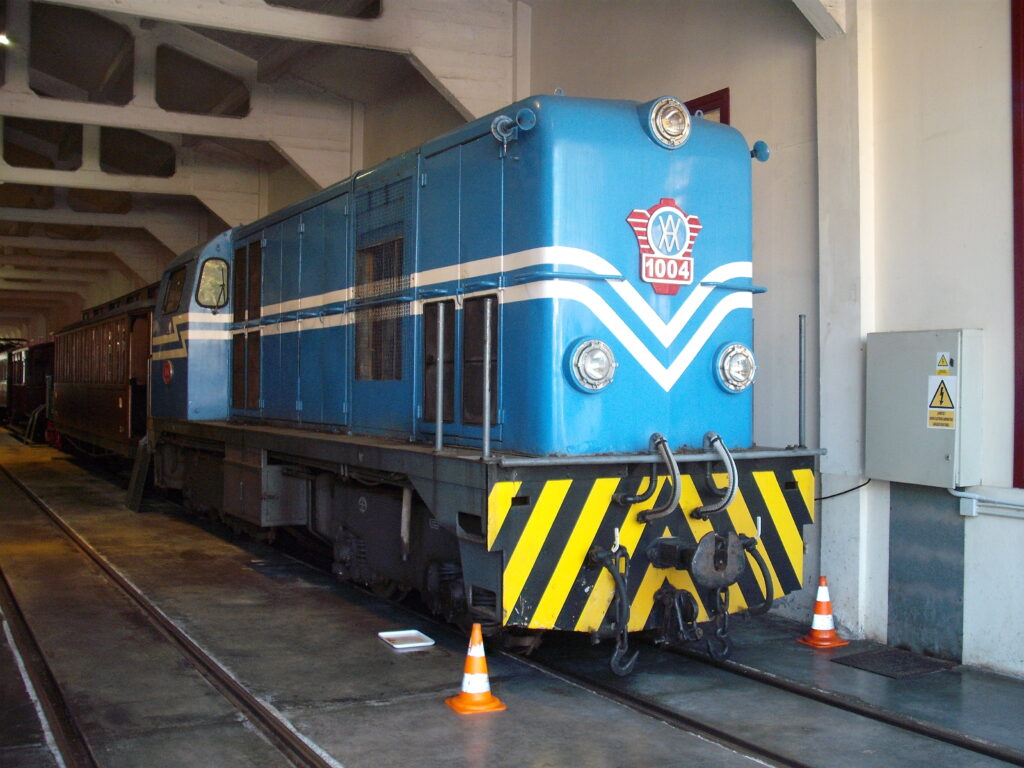Mail Rail
The Post Office Railway was an underground railway for carrying letters and parcels linking sorting offices and railway stations in London. It opened in 1927 and closed in 2003. In 2017 a museum was opened which offered rides along a small part of the complex network of tunnels, and in 2022 I final got round to visiting and riding, an excellent attraction. I don’t seem to have recorded that visit here, probably because the pictures were not very good.
So why am I back here again? Well, on certain evenings after the last rides they offer guided walking tours in the tunnels. Never one to miss the opportunity of an underground stroll in an unusual location I booked. We spent about an hour or so wandering around, with lots of opportunities for a closer look at everything than one gets from the train. Our guide had lots of fascinating information and stories to tell us.
One of the tunnels has been modified with raised track for the maintenance of the new passenger trains. This is the only change that has been permitted underground, as we were told the whole system is listed.
So, highly recommended, and you must come for the “normal” ride and the fine museum as well.
The Musical Museum
Despite its name this is not a museum about musicals, nor a museum about music. What it covers is the reproduction and production of music, from music boxes, through player pianos and gramophones right up to modern synthesisers. I visited for a look round and a fascinating guided tour which included many chances to listen to the instruments. I’ll try and string the pictures in a logical order, so let’s start with music boxes. These go back as far as the 18th Century.
This one uses a disc instead of the more common cylinder.
Swiss watchmakers made them really small, this one is about the size of a box of matches:
Player pianos and related instruments use a punched roll of paper to control the instrument.
Not just pianos, this one has a piano in the back and a violin at the front.
And this one, made in Austria if I recall correctly, has multiple violins. It is currently under repair:
Moving on to various phonographs, they have lots but the only decent picture I got was of this Edison cylinder machine. They even have a working 78rpm jukebox.
Finally, a spectacular collection of synthesisers, where I learned which models were used for which famous records.
(The one with the all-chrome keyboard, impossible to play on stage I should think, was created for marketing purposes only.)
Finally, upstairs they’ve got a real “mighty Wurlitzer” which comes up out of the stage, and we were treated to a demonstration of the various sound effects and then a performance.
Once again I must highly recommend this fascinating museum. I was a little saddened that they didn’t seem to have many visitors on a Sunday morning. If you’ve got any interest in musical reproduction and gadgetry, give them a visit.
The Shard
On a bright sunny day I paid a visit to the viewing gallery on the 69th floor of the tallest building in the UK. Needless to say there were excellent views over London. Here’s a small selection.
They’ve got a bar up there so I was even able to enjoy a (very expensive) beer as well as the sights.
Lord’s
On another sunny day I took a tour of Lord’s Cricket Ground, the home of cricket. We started in the oldest sports museum in the world where the many interesting exhibits include the ashes urn.
On to the pavilion and the famous long room:
View of the ground from the long room:
Upstairs, the England changing room is rather spartan, no lockers, showers and the like. Having sat down while the guide told us various fascinating stories and pointed out details, I was pleased to learn I was sitting in Jonny Bairstow’s chair!
There is a tiny players’ balcony outside the changing room.
From the bottom of one of the stands we could admire the grass and get a view of the pavilion. Needless to say they wouldn’t let us actually step onto the field.
Finally, the media centre.
The writers have an excellent view. We didn’t go upstairs where the TV and most importantly Test Match Special come from. Incidentally, the TMS studio has the only opening window, the BBC insisted on it.
I was surprised to learn that English visitors are rare on the tours here, on my tour everyone else was from abroad, South Africa, India and Australia. For the umpteenth time in this blog entry I’m going to say highly recommended.
Pubs
I couldn’t wander around London without visiting some pubs, here’s a couple of gems, the Bricklayer’s Arms in Putney and the Lamb & Flag, Covent Garden.



